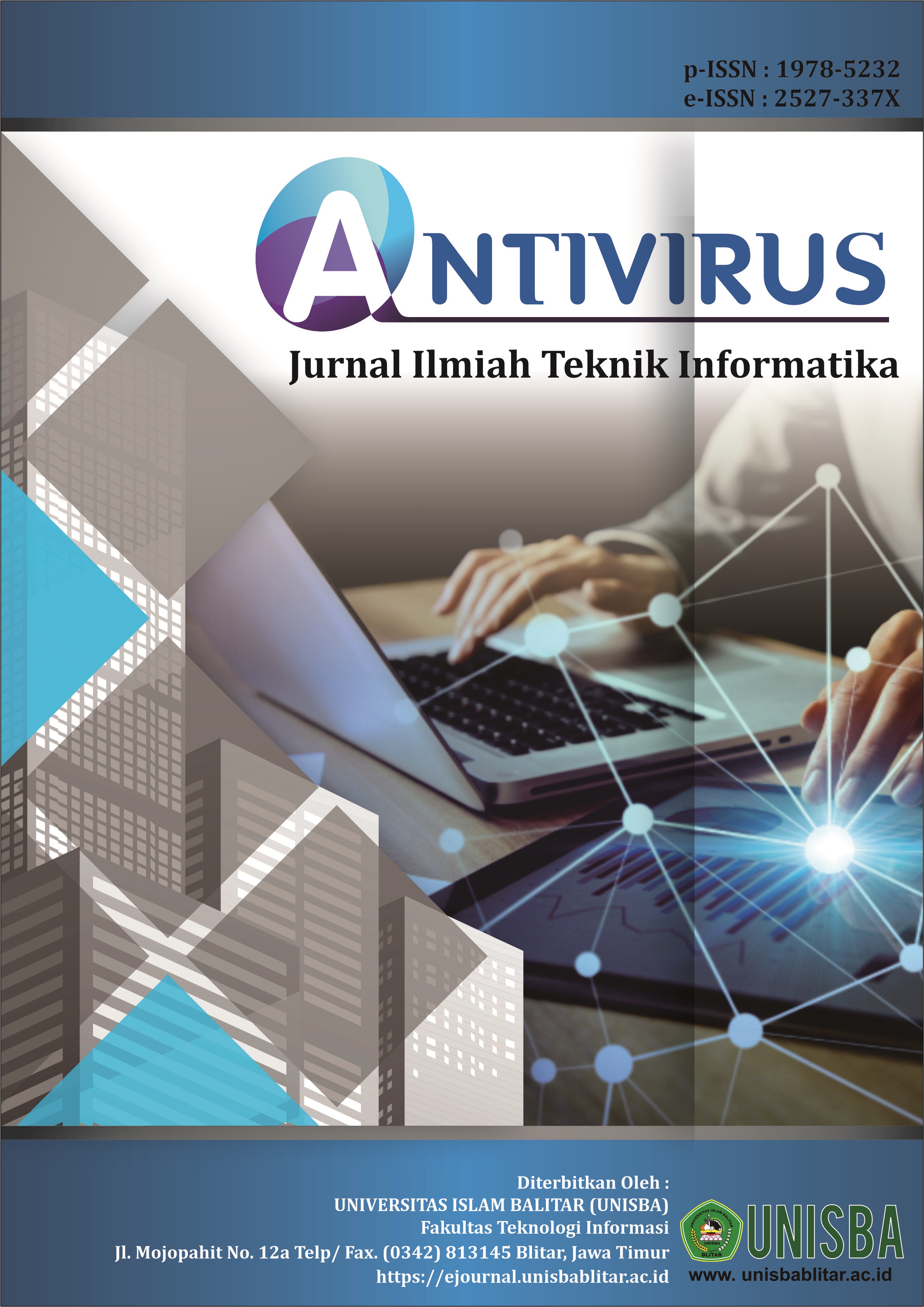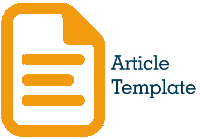DECISION SUPPORT SYSTEM FOR IDENTIFYING CHILDREN WITH SPECIAL NEEDS USING THE CLUSTER ANALYSIS METHOD
DOI:
https://doi.org/10.35457/antivirus.v18i2.4004Keywords:
Decision Support System, ABK, K-Means Clustering, ParentAbstract
This research aims to develop a decision support system based on the K-Means Clustering method aimed at parents in recognizing the signs of children with special needs. Many parents do not understand the characteristics of children with special needs, causing delays in providing appropriate support and treatment [1]. This system functions to group children's data based on measurable characteristics, such as behavior patterns, cognitive abilities, and motor development, making it easier for parents to recognize children's needs more objectively. The K-Means Clustering method is used to group children's data into several clusters, each of which shows a certain pattern and level of special needs. The system is developed using MATLAB [3], with intuitive visualization results to help parents understand their child's condition. Thus, this system is expected to provide initial recommendations and encourage parents to consult further with professionals. Experimental results show that this system is able to classify data accurately and provide useful information as a first step for parents in recognizing their child's special needs.
Downloads
References
[2] Rudi Hartanto, “Belajar Mudah Algoritma Data Mining Clustering : k-means,” 2021. [Daring]. Tersedia pada: http://ilmubiner.blogspot.com
[3] A. Pamungkas, “K-Means Clustering,” vol. 16, no. 2, hal. 371–378, 2021. [Daring]. Tersedia pada: https://pemrogramanmatlab.com/data-mining-menggunakan-matlab/k-means-clustering-menggunakan-matlab/
[4] S. Novitasari, A. Mulyadiprana, dan A. Nugraha, “Peran Orangtua Dalam Pembelajaran Anak Berkebutuhan Khusus Di SDN Sukasetia,” Pedadidaktika J. Ilm. Pendidik. Guru Sekol. Dasar, vol. 10, no. 3, hal. 546–557, 2023, [Daring]. Tersedia pada: http://ejournal.upi.edu/index.php/pedadidaktika/index
[5] dan Z. A. Cahyaning Suryaningrum, Tri Muji Ingarianti, “PENGEMBANGAN MODEL DETEKSI DINI ANAK BERKEBUTUHAN KHUSUS (ABK) PADA TINGKAT PENDIDIKAN ANAK USIA DINI (PAUD) DI KOTA MALANG,” J. Ilm. Psikol. Terap., vol. 1, no. 12, hal. 13, 2016.
[6] Grand dan R. E. Indrajit, “Aplikasi Deteksi Dini untuk Mengenali Anak Berkebutuhan Khusus Menggunakan Metode Business Intellegence,” Semin. Nas. Sains dan Teknol., no. November, hal. 1–11, 2017.
[7] R. V. Nurissaidah Ulinnuh, “Analisis Cluster dalam Pengelompokan Provinsi di Indonesia Berdasarkan Variabel Penyakit Menular Menggunakan Metode Complete Linkage, Average Linkage dan Ward,” InfoTekJar J. Nas. Inform. dan Teknol. Jar., vol. 5, no. 1, hal. 40–43, 2020, [Daring]. Tersedia pada: https://doi.org/10.30743/infotekjar.v5i1.2464%0Ahttps://doi.org/10.30743/infotekjar.v5i1.1997
[8] J. T. Santoso dan B. Hartono, DSS (Decision Support Systems) Sistem Pendukung Keputusan. Semarang: Yayasan Prima Agus Teknik, 2022.
[9] Hery Tri Sutanto, “S.17 Hery Tri Sutanto,” in Cluster Analysis, 2009, hal. 978–979.
[10] Y. K. Owa, M. A. Itu, M. A. Kero, dan M. G. G. Ledu, “Anak Berkebutuhan Khusus Dan Penerapannya Dalam Pendidikan Di Sekolah Dasar: Studi Literatur,” J. Pendidik. Inklusi Citra Bakti, vol. 1, no. 1, hal. 60–67, 2023, doi: 10.38048/jpicb.v1i1.2107.
[11] Wikipedia, “Elbow method (clustering),” wikipedia, 2024. https://en.wikipedia.org/wiki/Elbow_method_(clustering) (diakses 25 Februari 2024).
Downloads
Published
Issue
Section
License
Authors who publish with this journal agree to the following terms:
- Copyright on any article is retained by the author(s).
- Author grant the journal, right of first publication with the work simultaneously licensed under a Creative Commons Attribution License that allows others to share the work with an acknowledgement of the work’s authorship and initial publication in this journal.
- Authors are able to enter into separate, additional contractual arrangements for the non-exclusive distribution of the journal’s published version of the work (e.g., post it to an institutional repository or publish it in a book), with an acknowledgement of its initial publication in this journal.
- Authors are permitted and encouraged to post their work online (e.g., in institutional repositories or on their website) prior to and during the submission process, as it can lead to productive exchanges, as well as earlier and greater citation of published work.
- The article and any associated published material is distributed under the Creative Commons Attribution-ShareAlike 4.0 International License











